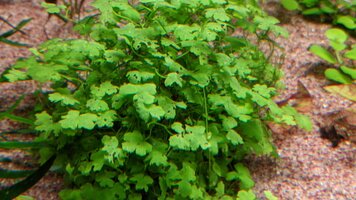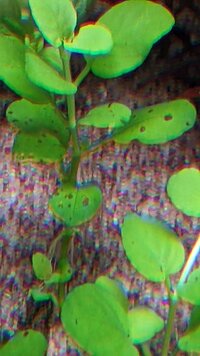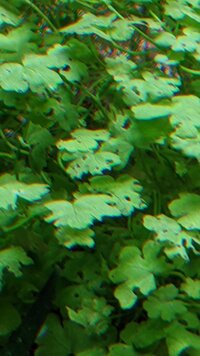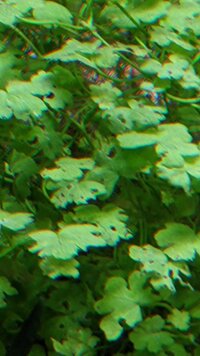Unexpected
Member
I can obviously rule out K as the issue and I'm wondering; are there micro nutrient deficiencies that would cause pinholes? I played around with lower CSMB dosing and I'm thinking I reached the lower end of too little. I went down to .3Fe as proxy and have since gone back to .4Fe. I use an inert substrate FYI.
Any insight is appreciated,
Miller
Any insight is appreciated,
Miller







